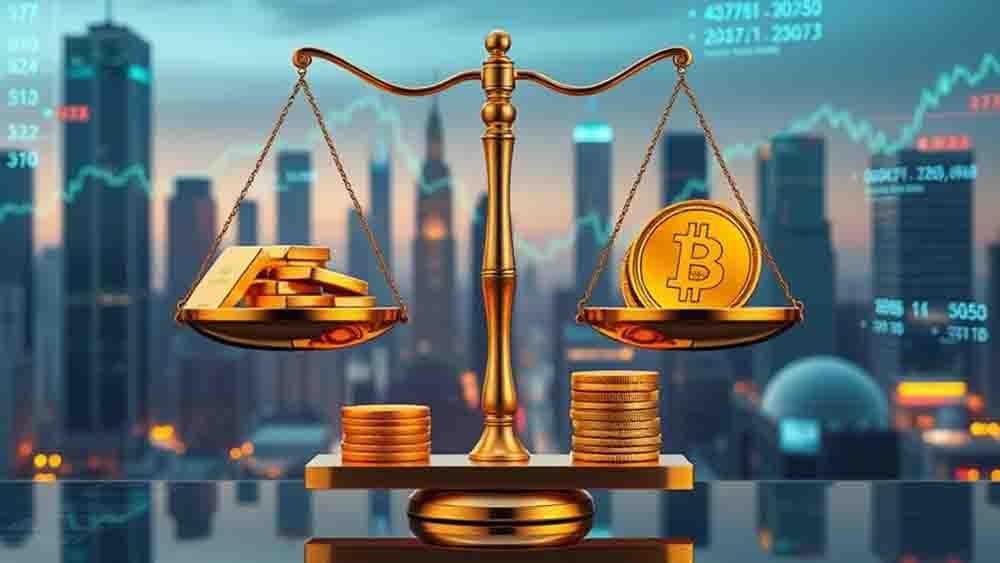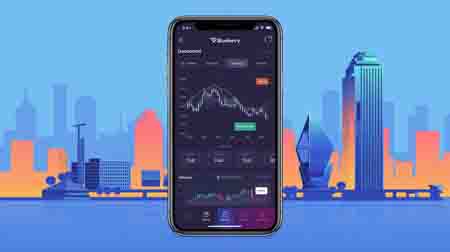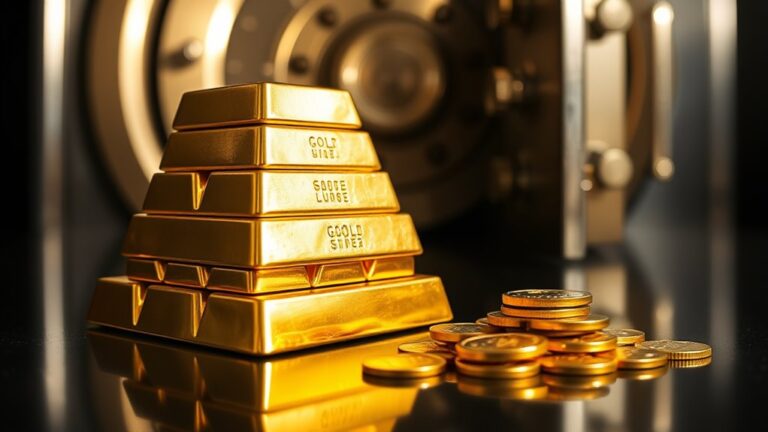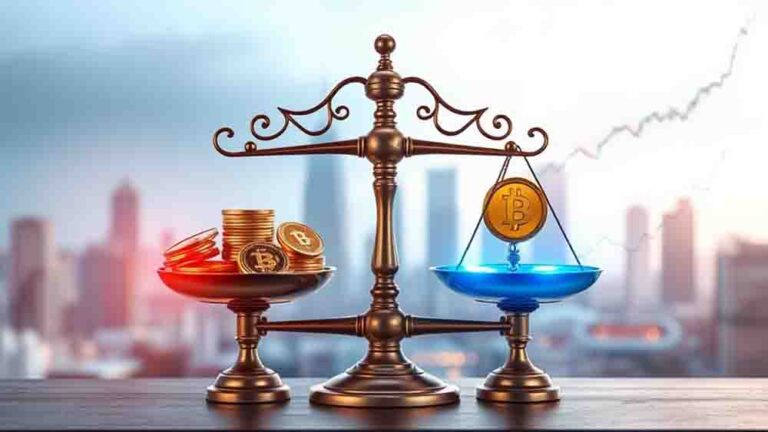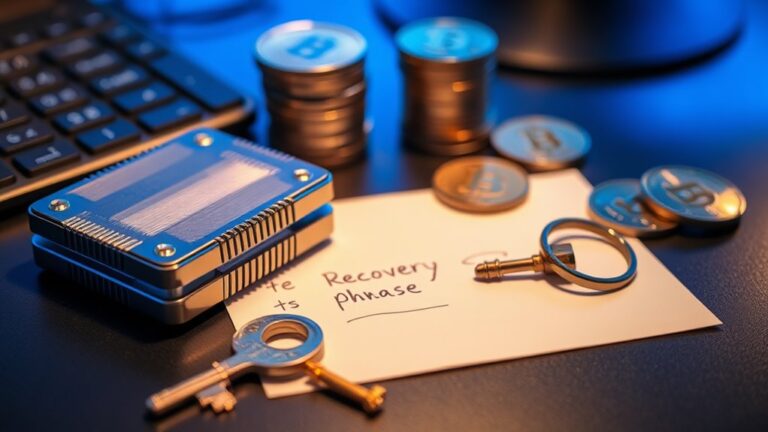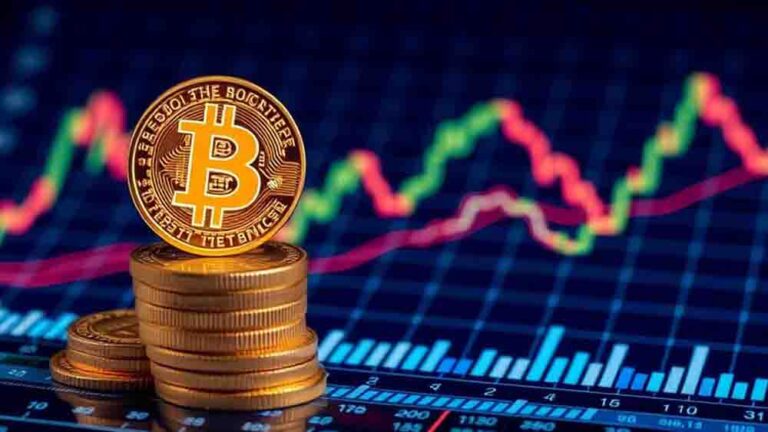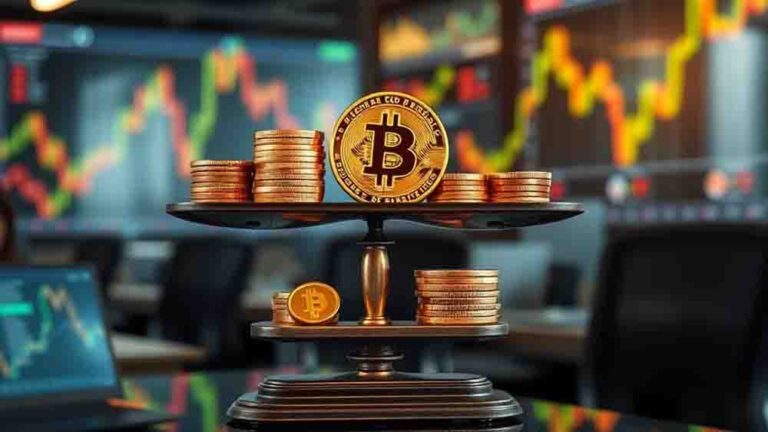Why Choose Precious Metals or Digital Assets?
Note: This post may contain affiliate links, and we may earn a commission (with No additional cost for you) if you purchase via our link. See our disclosure for more info. The gold and crypto world is constantly changing. This is not financial, investment, legal, or professional advice. So, please verify the information on the gold and cryptocurrency provider’s websites.
You're faced with an essential investment decision: precious metals or digital assets? Both options offer unique advantages in today's volatile financial landscape. Gold and silver have always been reliable stores of value. But cryptocurrencies offer exciting possibilities and huge potential returns. Your choice will rely on your risk tolerance, financial goals, and your view of money's future. Consider the balance between stable assets and blockchain tech. Look at market trends, regulations, and changes in the global economy. The path you choose could markedly impact your financial future.
Key Takeaways
- Precious metals offer stability and intrinsic value, serving as a hedge against inflation and economic uncertainty.
- Digital assets provide potential for high returns and exposure to innovative blockchain technology.
- Both asset classes can diversify portfolios, reducing overall risk through low correlation with traditional investments.
- Precious metals have tangible value and established regulatory frameworks, while cryptocurrencies offer decentralized control.
- Investors can balance stability and growth potential by including both precious metals and digital assets in their portfolios.

The Appeal of Precious Metals
The allure of precious metals has captivated investors for millennia. Gold, silver, and platinum continue to hold a unique position in the financial world, offering a combination of security and stability that's hard to match.
As a store of value, precious metals have consistently weathered economic storms, providing a safe haven during times of uncertainty.
When you're looking to diversify your investment portfolio, precious metals offer several key advantages:
- Intrinsic value: Unlike paper currency, gold and silver have inherent worth that's stood the test of time.
- Inflation hedge: Precious metals often rise in value as inflation erodes the purchasing power of traditional currencies.
- Low correlation: They typically move independently of stocks and bonds, enhancing overall portfolio stability.
- Potential for price appreciation: Growing industrial demand, particularly for silver, can drive long-term value.
Cryptocurrency's Allure
Innovation drives the allure of cryptocurrencies, enchanting investors with their potential for exponential growth and technological revolution. As digital assets, cryptocurrencies offer a high-growth potential that's hard to ignore. Bitcoin's meteoric rise from fractions of a cent to nearly $69,000 exemplifies the astonishing returns possible in this market.
Cryptocurrencies' appeal extends beyond potential profits:
- Store of wealth: They provide a hedge against political instability and traditional financial systems.
- Decentralized system: You maintain control over your assets without intermediaries.
- Liquid assets: The 24/7 market allows quick reactions to market movements.
Blockchain technology, the backbone of cryptocurrencies, presents diverse applications beyond digital currencies. This technological innovation contributes to their growing appeal as investment options.
With a market capitalization exceeding $1 trillion, cryptocurrencies have gained significant traction. This highlights their increasing acceptance as a viable asset class in your investment strategy.
As you consider diversifying your portfolio, cryptocurrencies offer a unique blend of growth potential, technological innovation, and financial autonomy.
However, it's essential to understand the risks and volatility associated with these digital assets before incorporating them into your investment approach.
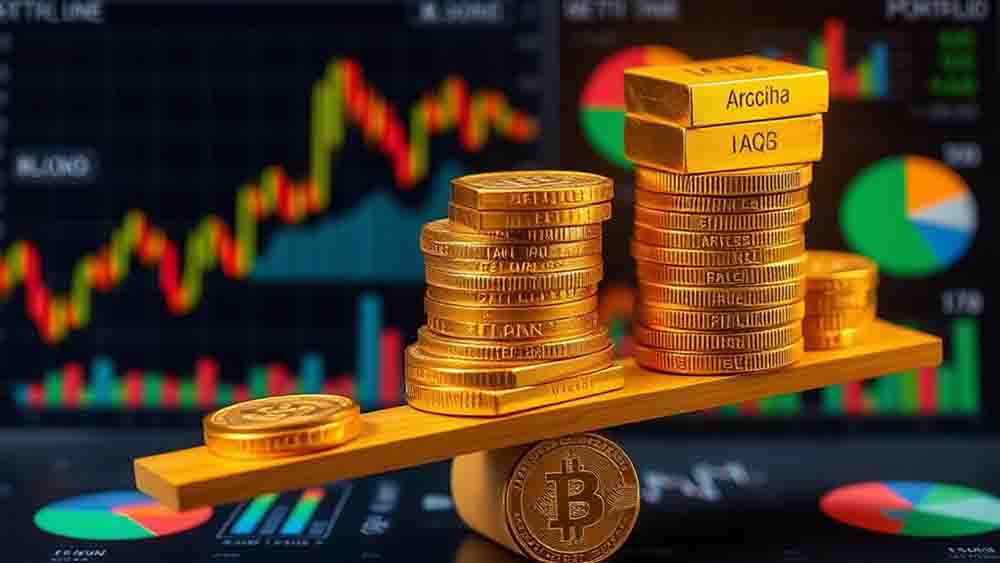
Comparing Stability and Growth
Comparing the stability of precious metals with the growth potential of cryptocurrencies reveals stark contrasts in investment characteristics. Precious metals, particularly gold, have a long-standing reputation as a hedge against stock market volatility and economic downturns. During times of uncertainty, such as the COVID-19 pandemic, gold prices surged to nearly $2,100 per ounce, demonstrating its role as a safe haven.
In contrast, cryptocurrencies like Bitcoin offer significant growth potential but come with extreme volatility.
When considering these investment options, you'll need to assess your risk tolerance and financial goals:
- Stability: Precious metals maintain value during economic turbulence
- Growth: Cryptocurrencies present opportunities for rapid appreciation
- Risk: Bitcoin's price can fluctuate by 30% in a single day
- Hedge: Gold typically has a negative correlation with stock prices
While gold provides stability and value retention, cryptocurrencies offer an innovative investment landscape with the potential for substantial returns.
Bitcoin's price surge from fractions of a cent in 2010 to nearly $69,000 in 2021 exemplifies this growth potential. However, crypto investments are influenced by market sentiment, regulatory changes, and technological advancements, making them riskier than traditional precious metals.
Diversification Strategies
Crafting a robust diversification strategy involves blending the stability of precious metals with the growth potential of digital assets. By combining these two asset classes in your investment portfolio, you can enhance resilience and balance risk.
Precious metals, particularly gold, have historically served as a safe haven during economic downturns, while cryptocurrencies offer high-growth opportunities.
Key benefits of this diversification approach include:
- Risk mitigation: Low correlation between precious metals and digital currencies reduces overall portfolio volatility.
- Inflation protection: Physical precious metals act as an inflation hedge.
- Technological exposure: Digital assets capture opportunities in emerging technologies.
To implement this strategy:
- Determine your investment goals and risk tolerance.
- Allocate a portion of your portfolio to physical precious metals, such as investing in gold.
- Include cryptocurrencies for growth potential.
- Regularly rebalance your portfolio to maintain your desired asset allocation.
Research shows that a well-diversified portfolio, including both precious metals and digital assets, can improve long-term returns and reduce drawdowns.
Navigating Investment Risks
While diversification helps manage risk, it's equally important to understand the specific risks associated with precious metals and digital assets. When considering these investment options, you'll need to weigh the stability of Precious Metals against the potential high returns of cryptocurrencies.
Precious Metals like gold and silver offer:
- Stability during economic downturns
- Protection against market volatility
- Tangible assets with intrinsic value
- Established regulatory frameworks
In contrast, digital assets like cryptocurrency present:
- High potential returns
- Extreme price volatility
- Vulnerability to regulatory changes
- Dependence on digital infrastructure
As an investor, you must carefully evaluate these factors before making investment decisions. Precious Metals provide a physical hedge against economic uncertainty, while cryptocurrencies offer the allure of rapid growth.
However, the latter comes with significant risks, including daily price fluctuations exceeding 30%. Remember that emotional decision-making can lead to poor choices, especially in the fast-paced cryptocurrency market.
To navigate these investment risks effectively, conduct thorough research, assess your risk tolerance, and consider seeking professional advice. By understanding the unique characteristics of each asset class, you'll be better equipped to make informed decisions that align with your financial goals.
Frequently Asked Questions
Is It Better to Invest in Gold or Crypto?
When deciding between gold and crypto investments, you'll need to contemplate your risk tolerance and financial goals.
Gold offers stability, serving as a hedge against inflation and economic uncertainty. It's less volatile and has a long history as a store of value.
Crypto, on the other hand, provides potential for high returns but comes with greater risks due to its volatility and regulatory uncertainties.
Your choice should align with your investment strategy and risk appetite.
Is It Better to Buy Physical or Digital Gold?
When deciding between physical and digital gold, you'll need to contemplate your investment goals and preferences.
Physical gold offers tangible security and can be stored privately, but it may have higher costs and lower liquidity.
Digital gold provides easier transactions and typically lower fees, allowing for quick adjustments to market changes. However, it lacks the tangible nature of physical gold.
You might choose to diversify by investing in both forms, balancing stability with flexibility in your portfolio.
What Is the Point of Buying Precious Metals?
You might consider buying precious metals for several reasons:
- Wealth preservation: They've historically maintained value during economic crises.
- Diversification: Metals often move independently of stocks and bonds, balancing your portfolio.
- Inflation hedge: They tend to retain value when currencies depreciate.
- Tangible asset: Unlike stocks or bonds, you can physically hold gold or silver.
- Industrial demand: Many metals have practical uses, potentially driving up their value.
- Long-term stability: Precious metals have been valuable for thousands of years, offering reliable long-term investment potential.
Why Should I Invest in Digital Assets?
You should consider investing in digital assets for several compelling reasons:
- Potential for high returns: Digital assets have shown remarkable growth, with Bitcoin's price skyrocketing from cents to thousands of dollars.
- Direct control: Decentralized assets give you more control over your investments, reducing reliance on traditional financial institutions.
- Transparency: Blockchain technology guarantees traceable, tamper-proof transactions.
- Liquidity: Digital assets are easily exchangeable, allowing you to quickly respond to market opportunities.
- Growing acceptance: Increasing adoption across various sectors indicates potential for long-term value appreciation.
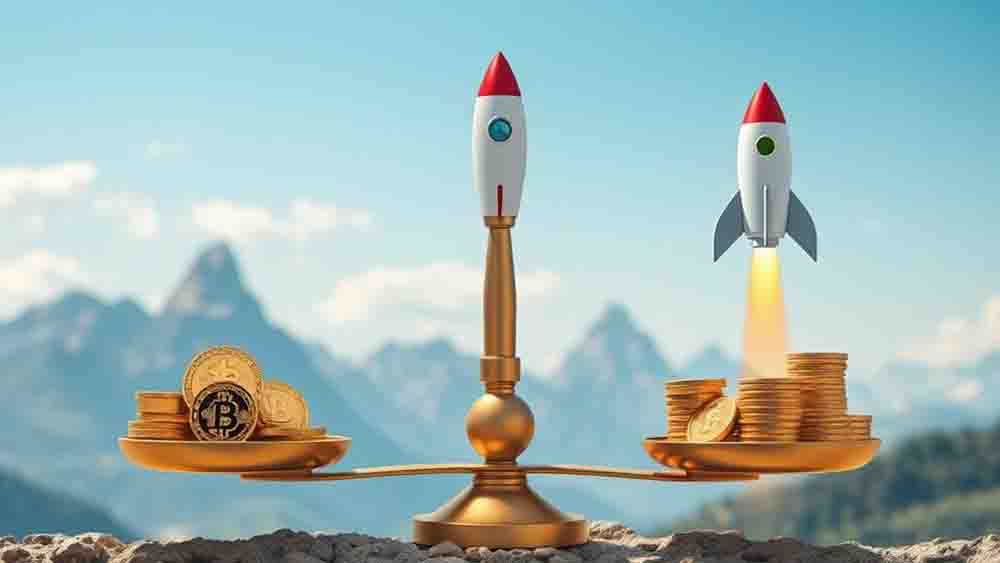
Conclusion
You've explored the merits of precious metals and digital assets, understanding their unique advantages. As you weigh your options, consider your financial goals, risk tolerance, and market outlook. Remember, diversification is key. You don't have to choose one over the other; a balanced portfolio can include both. By incorporating precious metals and digital assets strategically, you're positioning yourself to benefit from stability and growth potential. Ultimately, your investment choices should align with your long-term financial objectives.

